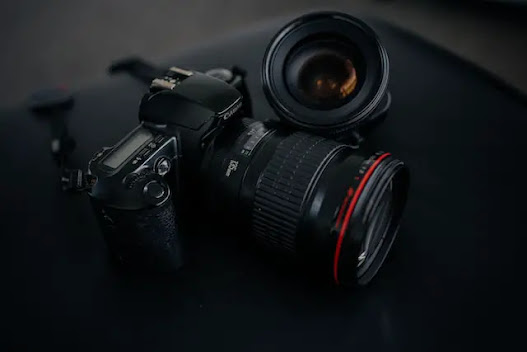Camera Lens Forensic
In forensic investigations, camera lenses play a crucial role in capturing accurate and detailed visual evidence. Forensic camera lenses are designed specifically for forensic photography and are optimized to meet the requirements of forensic analysis. These lenses offer several features and capabilities that aid in the documentation and analysis of evidence.
Here are some common characteristics and uses of camera lenses in forensic applications:
High Resolution: Forensic lenses are often selected for their high-resolution capabilities, allowing them to capture fine details and provide clear images for analysis. High resolution is vital for capturing minute details such as fingerprints, tool marks, or facial features.
Telephoto Lenses: Telephoto lenses have a long focal length and narrow field of view, enabling photographers to capture distant objects or subjects with magnification. They are used in situations where it is necessary to photograph evidence from a distance without compromising image quality.
UV and IR Photography: Some forensic lenses are equipped with filters or coatings that allow for ultraviolet (UV) or infrared (IR) photography. These capabilities are useful for revealing hidden or altered evidence that may not be visible to the naked eye, such as bloodstains, body fluids, or altered documents.
Image Stabilization: Image stabilization technology reduces blur caused by camera movement or hand tremors, ensuring sharper images even in challenging conditions. This feature can be particularly helpful in low-light environments or when capturing images from a distance.
Low Distortion: Lens distortion can affect the accuracy of measurements and the interpretation of forensic evidence. Forensic lenses are designed to minimize distortion, ensuring that the images produced are as accurate and undistorted as possible.
Macro Photography: Macro lenses are commonly used in forensic photography to capture close-up images of small objects or details. These lenses allow for high magnification and sharp focus at close distances, which is beneficial for capturing details like minute traces of substances or identifying unique characteristics.
Wide-Angle Lenses: Wide-angle lenses have a broader field of view, making them useful for capturing larger scenes or crime scene overviews. They are often used to document the overall layout of a crime scene or provide context to specific pieces of evidence.
Overall, the primary goal of forensic camera lenses is to provide accurate, detailed, and distortion-free images for analysis, documentation, and presentation of evidence in forensic investigations. These lenses are specifically designed to meet the unique requirements of forensic photography, enabling investigators to collect high-quality visual evidence for examination and interpretation.



Comments
Post a Comment